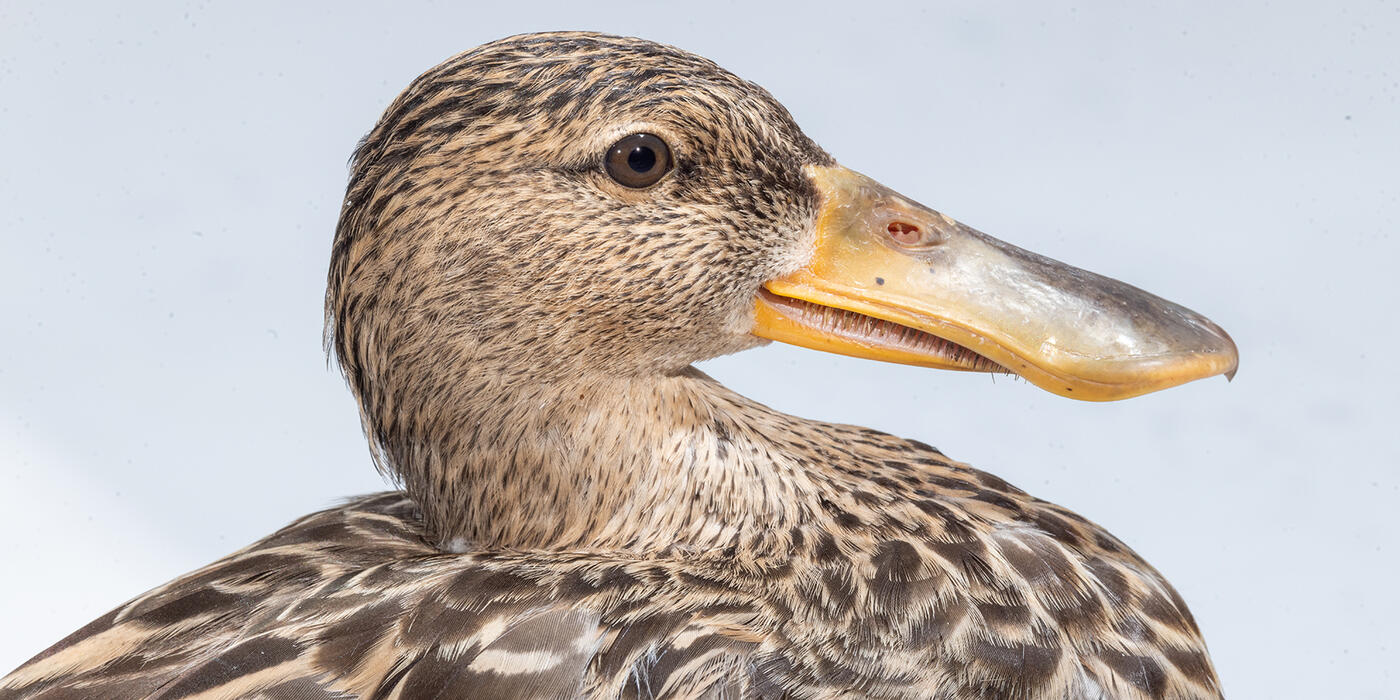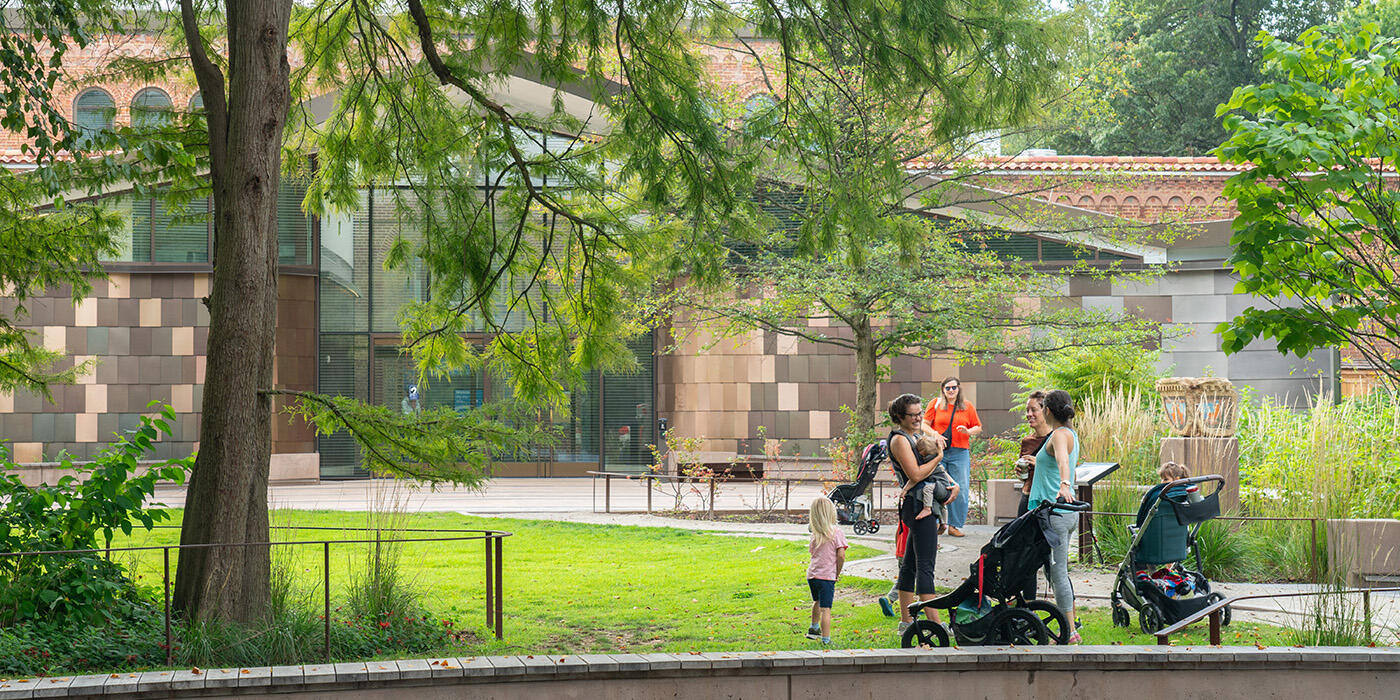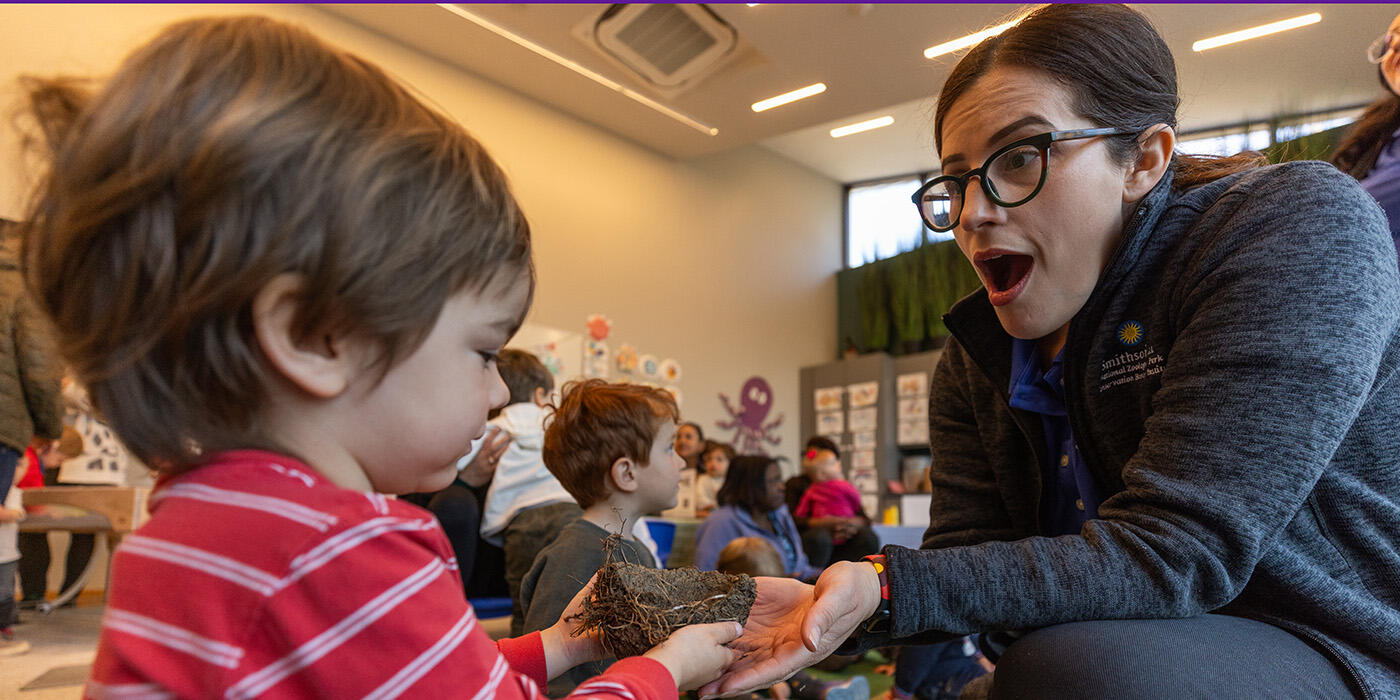How Do You Help Zoo Birds Feel at Home?
When the Bird House reopens in winter 2023, our migratory songbirds, shorebirds and waterfowl will find themselves in three beautiful, free-flight aviaries that mimic their natural ecosystems: the prairie pothole, a bird friendly coffee farm and the shores of the Delaware Bay. While the renovation of those expansive exhibits is underway, most of our birds are being cared for behind the scenes.
Why is the Smithsonian’s National Zoo bringing migratory birds under its wing? Simply put, they need our help. More than one-third of North America’s birds are at risk of going extinct unless we take significant conservation action.
Few facilities accredited by the Association of Zoos and Aquariums exhibit native songbirds, shorebirds or waterfowl. Our team is paving the way and, quite literally, writing the book on everything these birds need to not only survive but also thrive in a zoo setting—everything from determining diets to setting the scene for breeding.
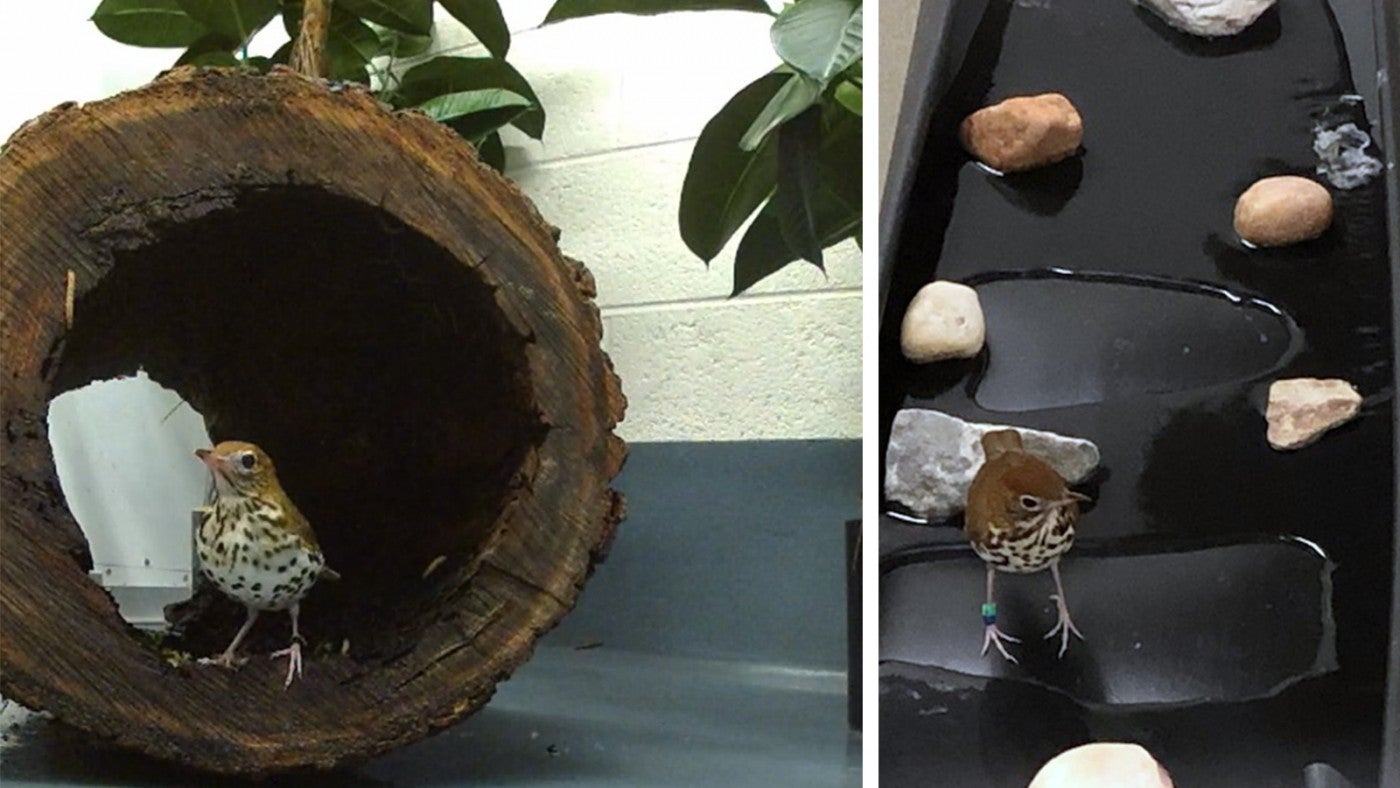
One of the exciting challenges we have had to tackle during construction is how to help our birds feel “at home” while they are living in temporary housing. The solution: bring the outdoors indoors!
The environment they live in is a critical aspect of their care; therefore, we design our habitats to suit each species’ specific needs. One way we help keep our animals physically active and mentally sharp is by giving them enrichment items that encourage them to use their natural behaviors.
Enrichment can range from using natural items (such as pine needles or driftwood) in their habitat, to presenting their food in a way that encourages foraging and playing recordings that mimic the sounds heard in their natural environment. We take into consideration everything we know about a species' biology, behavior and ecology to drum up enrichment that will be interesting to them.
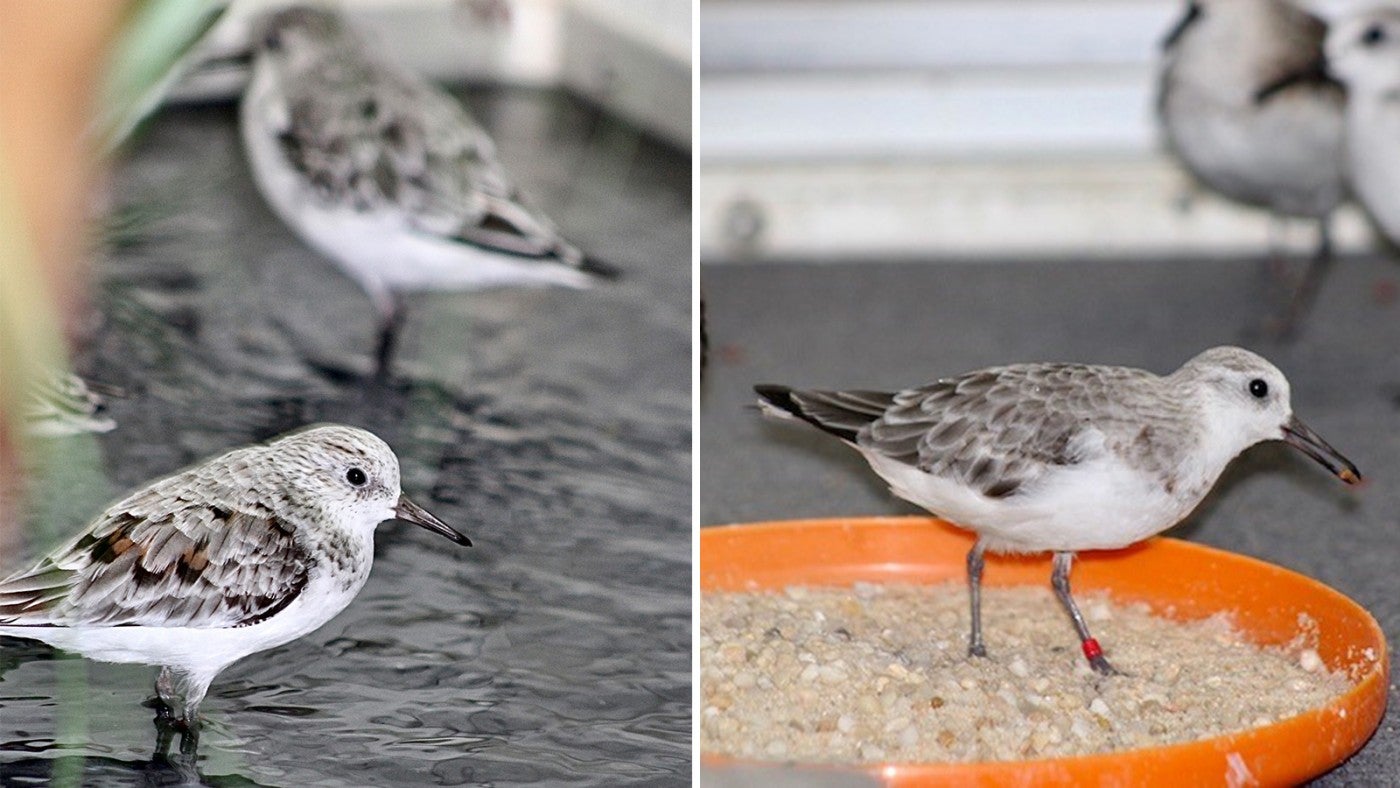
In building a habitat for shorebirds, we use a mix of groundcover that includes sand, rocks, clay, grass matting and salt water. Driftwood and rocks—which they would encounter in their natural environment—serve as perfect “furniture” for perching. Their habitats also contain a running water feature, and the birds seem to enjoy wading and standing at the water’s edge.
Providing enrichment for passerines (a.k.a. songbirds) can be challenging because there is such a vast difference between the habitats and ranges that these birds call home. For example, a few species of songbirds prefer to spend time on the ground rather than in trees. We provide those birds with hollow logs to investigate, driftwood for perching, and long trays filled with water to imitate streams. Misters in the enclosure mimic rain and provide the birds with bathing opportunities.
Keepers often go the extra mile to make mealtime an engaging experience for our birds. We may bury bugs under leaves so birds can hunt for prey as they would in the wild. We also get extra creative and make “passerine popsicles,” a frozen concoction of crushed blueberries, mealworms and occasionally orange juice. As an added bonus, it helps keep them cool!
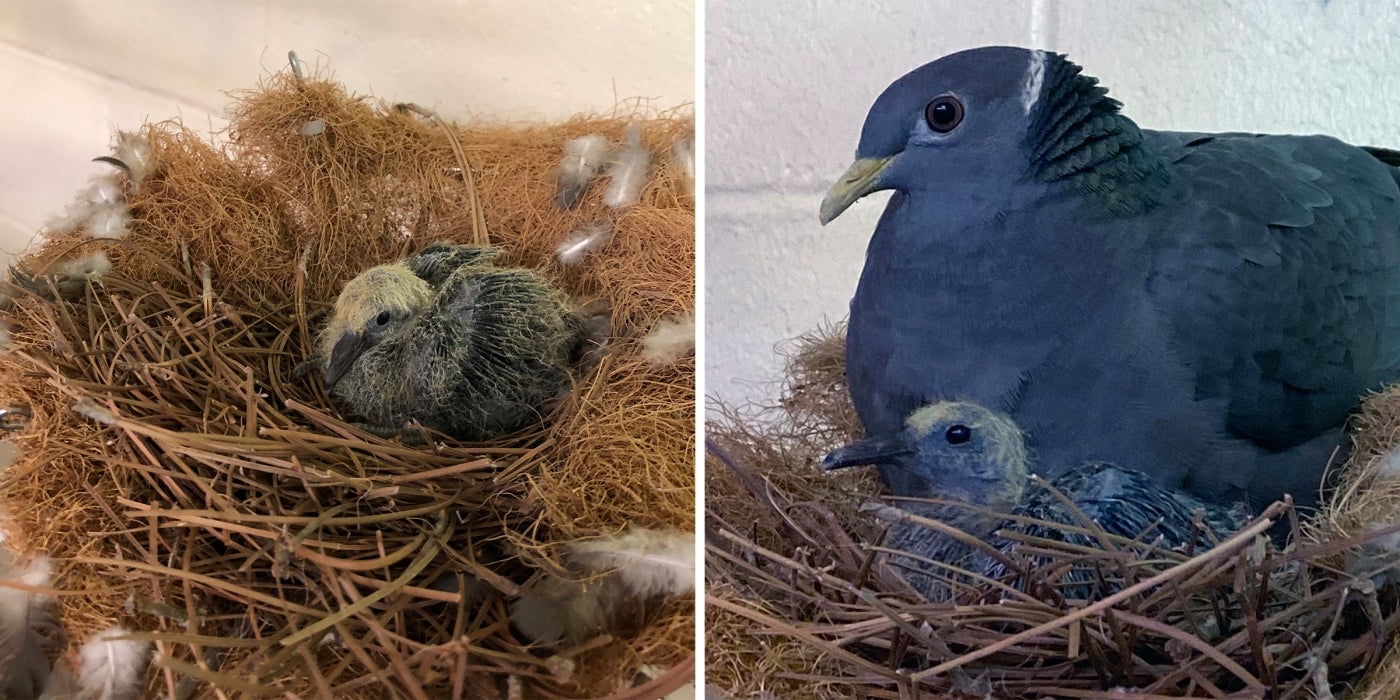
Keepers gave our band-tailed pigeon parents several nesting location options and materials, including coconut fibers and pine needles. This pair learned from their last successful hatching and created an even sturdier, more intricate nest by adding pine needles and molted feathers!
Environmental enrichment can influence our birds’ chances of successfully producing chicks, too. At the start of breeding season, keepers “set the mood” by providing a variety of nesting materials—such as dried moss, raffia, cotton, fur, coconut fibers and even cobwebs—so the birds can pick and choose how to assemble and decorate their nests.
The location of the nest is just as important as the materials it’s made of. Birds that nest high up in the tree canopy—like scarlet tanagers—receive nest cups high up in their habitats. Ground nesters, like ovenbirds, receive a temporary “breeding ground” that keepers make using coconut fiber mats, ample amounts of leaves and pine needles, and a nesting area similar to the oven-shaped nests they build in the wild.
By studying the birds’ natural histories and coming up with some inventive ways to mimic the nest-building process, we have had a lot of breeding success while Bird House construction was underway. In spring and summer 2021, we welcomed chicks from blue jays, band-tailed pigeons, northern pintails, wood ducks, American flamingos, scarlet ibis, rose-breasted grosbeaks and Swainson’s thrush.
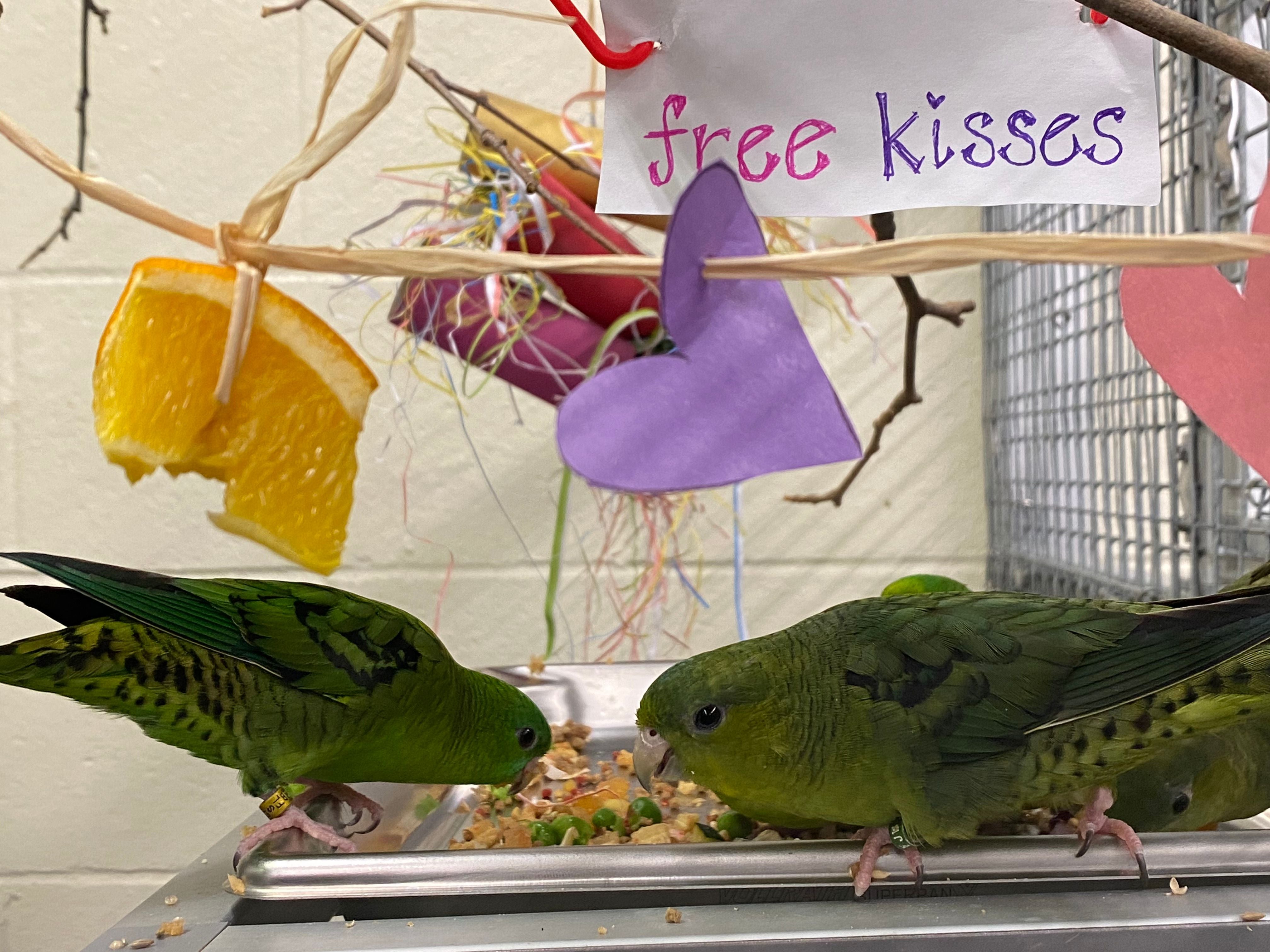
Some birds, like our barred parakeets, seem to enjoy enrichment they can investigate and chew with their beaks. To encourage this natural behavior, we give them bamboo browse (leafy trimmings). They perch on the stems and spend lots of time tearing off the leaves.
The barred parakeets’ need to keep busy means keepers have to come up with creative ways to keep them stimulated. This gives us a chance to tap into our artistic side. Holiday enrichment—created by “sewing” paper toys together and stringing fruit on a raffia garland—provides hours of entertainment for our flock!
Surprisingly, even construction can be enriching! Up at the Bird House, our flamingo flock has grown so accustomed to the noise that when it is halted on the weekends, the flock becomes more alert. Our Stanley crane, Alice, was hand-raised by keepers and has a fondness for people. It’s a very endearing part of her personality.

To help Alice adjust to the lack of visitors, we have been playing DVDs for her as visual and auditory enrichment. We thought if she could watch people talking and dancing, it would keep her entertained and provide some “virtual” socialization. Throughout the movies, she cocks her head, watches them intently and pecks at the screen. While we cannot know exactly what she is thinking, one thing is clear—this enrichment keeps her entertained!
Our team looks forward to the day when we can move our animals to their new, permanent home at the Bird House. Meantime, we’re putting our imaginations to the test and coming up with new and exciting ways to enrich our migratory songbirds and shorebirds.
Altering our birds’ habitats with elements that keep them physically fit and mentally sharp is an exciting challenge that takes a great team, dedication and a desire to learn. The hard work is well worth it, though, to help our birds feel at home during this transition period.
This story appears in the August 2021 issue of National Zoo News. There’s even more happening behind the scenes at the Bird House: meet our cassowary brothers, learn how we weigh a hummingbird, and see how we prepare diets for migratory birds!
Looking to explore your artistic side and boost your bird IQ? “Birds: A Smithsonian Coloring Book” invites avian fans of all ages to unlock their creativity, while discovering more about the feathered world with fun facts from our experts.

